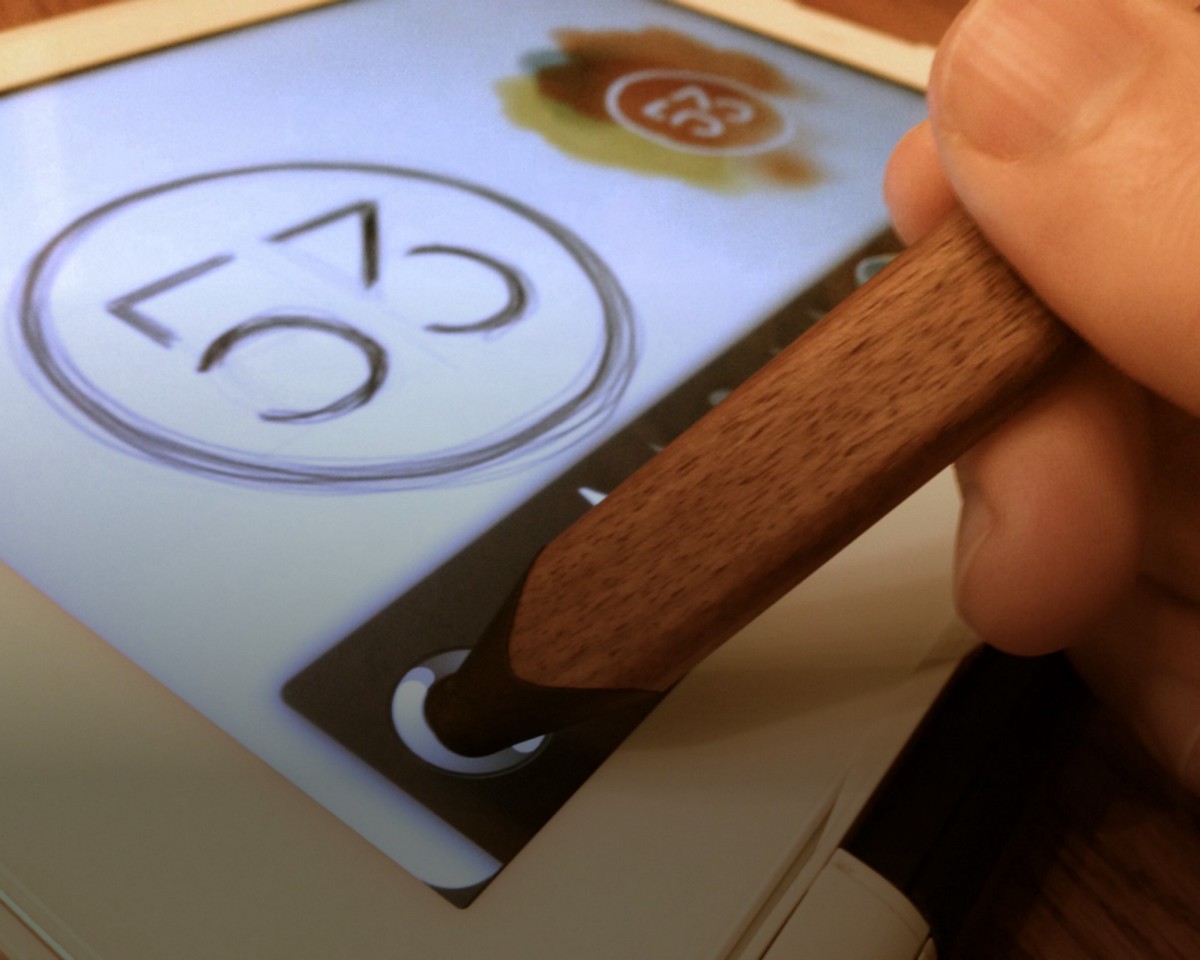
An often overlooked statistic of great products
I buy a lot of products. Almost none of them I use for more than a week or two, but I find experiencing lots of products improves my “great product” instinct.
A week ago I was one of the lucky early recipients of a product called Pencil by the makers of a fantastic sketching app for iPad (Paper by FiftyThree). It’s a fairly simple bluetooth-connected stylus for improving the UX of sketching on a tablet. I don’t really believe in doing product reviews but I wanted to talk about something the engineers (probably with a ton of input from some keen designers) nailed.
Setup & Magic
Most bluetooth/BTLE products that require a non-intuitive pairing process, closing and launching different apps, in-app configuration, etc. Yuck. In comparison, the Pencil setup process is exceptionally elegant:
- Launch the Paper app
- Touch and hold the Pencil stylus to the “sync” button on the main palette of Paper
- Wait 3 seconds as Pencil pairs
- Start sketching
You can’t help but feel a sense of magic during this experience. Tech-savy users may wonder how this is done when compared with the seemingly archaic process of all other BT products. The often cited “surprise and delight” phrase comes to mind, but this kind of delight has a little something extra. It’s smart technology that gets out of the way so effectively that users don’t need to know what’s going on behind the scenes. It’s the way consumer technology should always feel to end-users.
Min Time to Magic
Most users are exceptionally sensitive in the first 5-10 minutes of a new product experience (what I call the “discovery phase”). This is not because users are inherently pessimistic but rather in this phase of exploration, our brains weigh mixed information using a subcortex that’s more emotional and less rational. The tiniest rational misstep and users may feel overwhelmingly lost, frustrated, and can even discard your product forever. The sooner you can offer physiological reward to users, the less likely you are to loose them in the discovery phase.
This is why magic is so important. When something unexpected and easy/good/beautiful happens, users are more likely to overlook things that frustrate them and remember the moment of magic. The Pencil product is pretty good (by no means great) but because that moment of magic happens immediately after opening the packaging, my emotional brain has established strong positive feelings for a product before my rational brain gets to make any kind of judgment.
Consumer hardware startups would be well served by measuring a “Time to Magic” quality off their prototypes and products. Yes, grab a stopwatch and observe people unboxing your product. Look for that “aha!” smile, you can’t miss it if your product has one. Then carefully try to figure out how to minimize that number while maintaining the feeling.
Packaging is a Red Herring
Before consumers even interact with a product, they interact with its packaging. Hardware startups are spending an increasing amount of energy and BOM cost on packaging; this is a misguided attempt to reward users before they’ve used your product. Nearly all tech consumer products are starting to showcase high-end packaging design (often with molded parts), crafted unboxing experiences, and surprisingly expensive materials. I’m a firm believer in the Diter Rams school of product design: simplicity is always better. If your product can’t be used without a manual, redesign it. If you need fancy packaging to make users feel good, you’re trying to pretty up a pig. Be honest and build better products (by the way, it also saves time, money and waste).
Ben Einstein was one of the founders of Bolt. You can find him on LinkedIn.
Bolt invests at the intersection of the digital and physical world.
